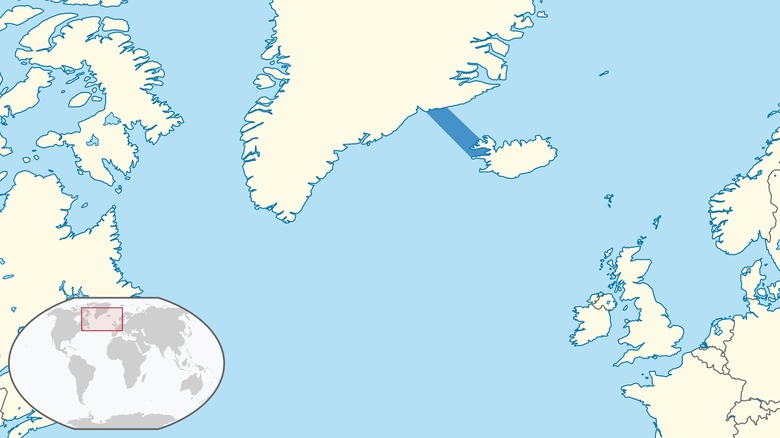Underwater Waterfalls: The Strange Phenomenon Explained
From streams trickling down rocks a foot at a time to grand rivers plunging dozens of feet, waterfalls are beautiful natural wonders that attract spectators and photographers. The basics of how they work are simple to understand: Bodies of water cascading over cliffs and ledges created by erosion, falling into pools when they hit the bottom. While these fundamentals are similar for underwater waterfalls, there's more to this hidden phenomenon.
From a plane, you can see what looks like an underwater waterfall along Mauritius, which is one of the Mascarene Islands in the Indian Ocean. However, this majestic view is actually an illusion: the faux underwater cascade is simply the result of sand and silt deposits being moved by ocean currents over the volcanic island's shallow shelves and into deeper water. Combined with a sharp drop off on the southwest tip of Mauritius, along with a trick of the light that causes shallow water to appear light blue and deep water much darker, the sand movement and drastic change in color beyond the crevasse makes it look like water is falling into an abyss off the coast of Mauritius.
As stunning as the optical illusion in Mauritius is, underwater waterfalls are a real natural phenomenon. To view one, though, you need to get under the waves and use something other than the naked eye.
The Denmark Strait Cataract is the world's largest underwater waterfall
Yes, underwater waterfalls are real, and one is located in the Denmark Strait between Greenland and Iceland. Although you can't see the Denmark Strait Cataract — because it starts 2,000 feet under the surface — it's the biggest and most powerful waterfall in the world, standing about 11,500 feet tall and carrying more than 123 million cubic feet of water per second. By comparison, Angel Falls in Venezuela is the world's largest above-water waterfall, dropping 3,212 feet and carrying an average 500 cubic feet of water per second.
The massive Denmark Strait Cataract is formed from a difference in water temperature. As the warm water from the Irminger Sea flows northward and meets the Nordic Seas, it loses heat, becomes more dense, and quickly sinks — similar to how hot air rises while cold air sinks. Then, the cold water flows over a huge ledge on the ocean floor, falling thousands of feet. This phenomenon can't be seen by the human eye because it's basically water moving through itself, but the current is detectable with scientific equipment.
[Featured image by Aplaice via Wikimedia Commons | Cropped and scaled | CC BY-SA 4.0]

